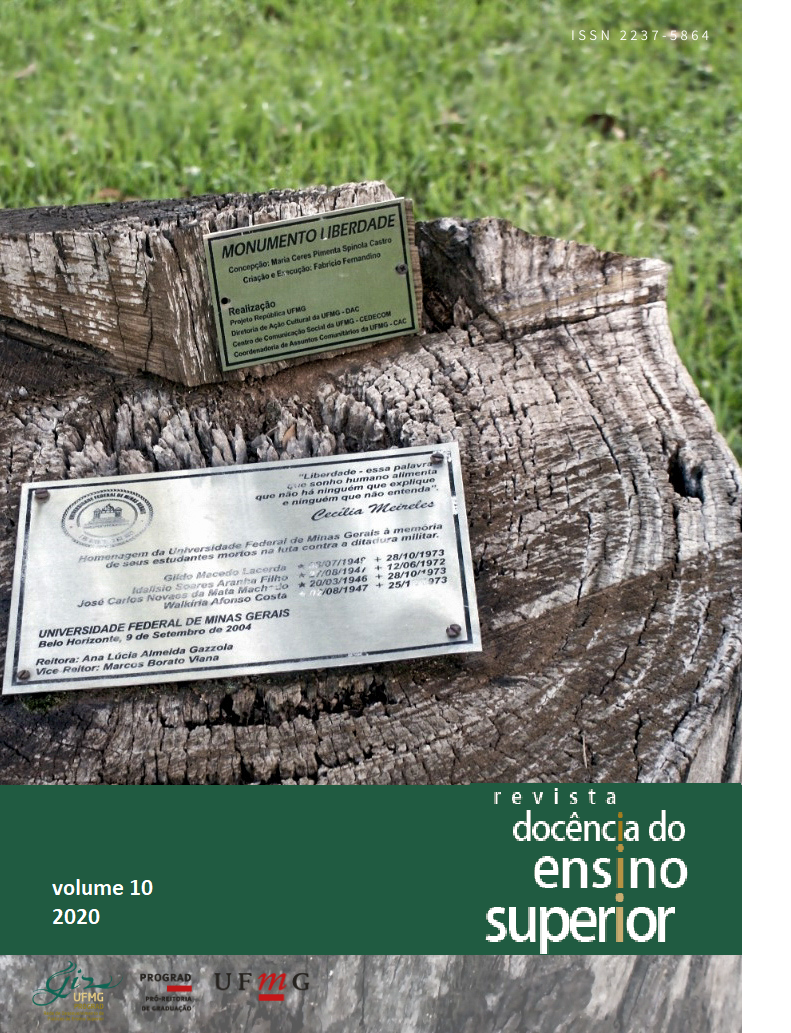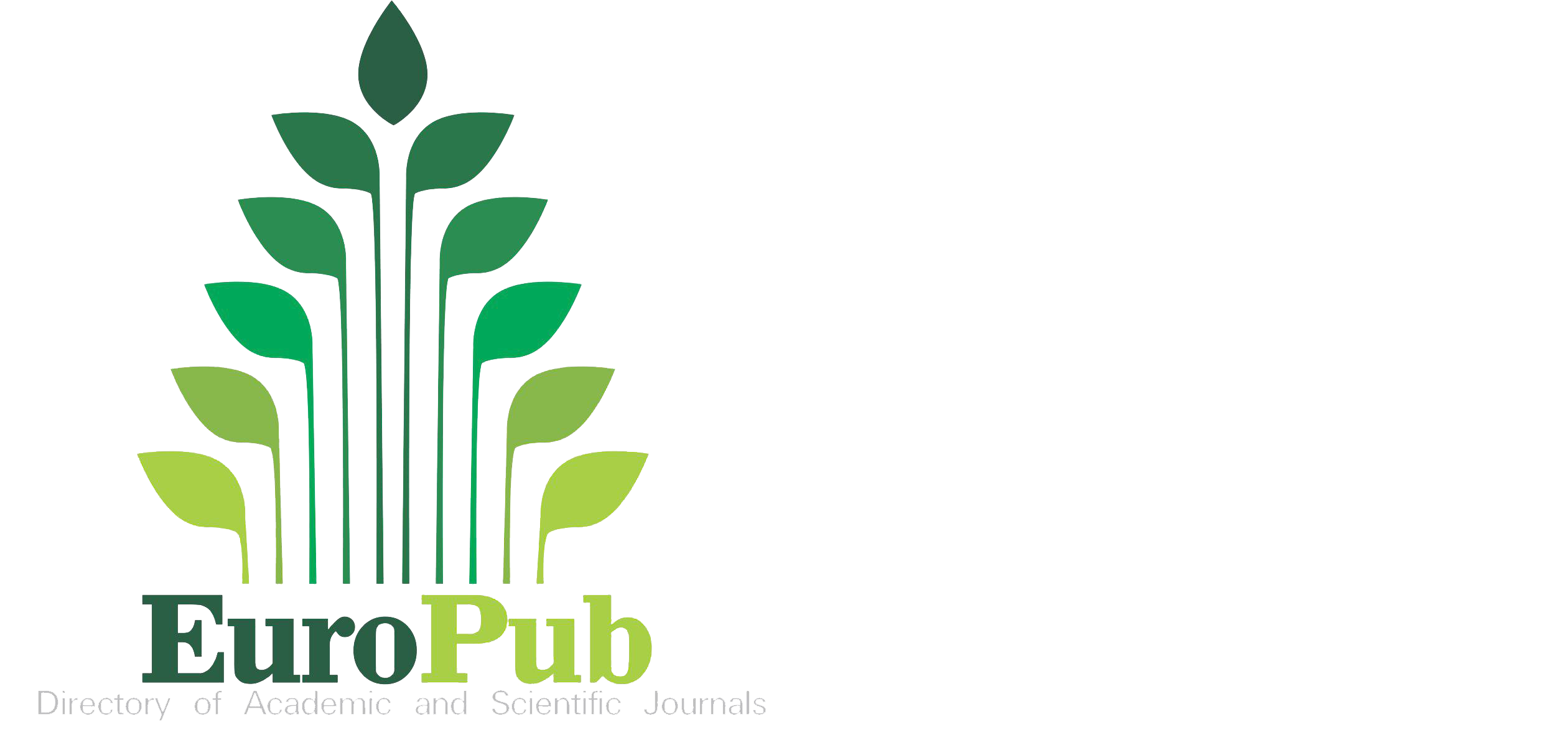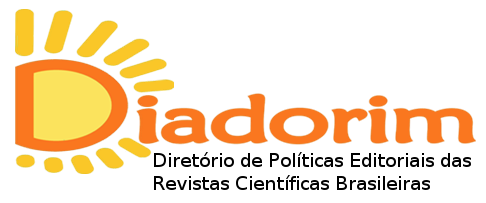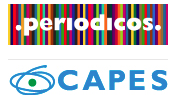“A different class”
a case of introducing interactive activities in the teaching of Political Science
DOI:
https://doi.org/10.35699/2237-5864.2020.24042Keywords:
Active learning, Classroom interactive activities, Political Science education, Higher education in PortugalAbstract
This article aims to assess how the introduction of interactive class activities impact on the student's satisfaction. Building on the constructivist knowledge approach and the advantages of active learning, an empirical study on the comparison of satisfaction questionnaires was conducted. The comparison consisted between students of two classes where there were no activities, with the other two, where activities were carried out. The questionnaires were subjected to qualitative and quantitative content analysis, revealing the appreciation that students attribute to interactive classes. Interactivity came to be considered the most important strong point of evaluation of both the course and the teacher. These results reinforce previous studies that show the advantages of active learning in increasing student satisfaction. They are particularly important in the area of Political Science, where a type of learning that encourages analytical skills, critical thinking and communicational skills will be especially suitable.
Downloads
References
AMES, Carole. Motivation: What teachers need to know. Teachers college record, New York, v. 91, n. 3, p. 409-421, 1990.
ARAÚJO, Adriana Maria Procópio; SLOMSKI, Vilma Geni. Active learning methods: An analysis of applications and experiences in Brazilian accounting teaching. Creative Education, v. 4, n. 12, p. 20-27, 2013. DOI: http://dx.doi.org/10.4236/ce.2013.412A2004.
ARCHER, Candace C.; MILLER, Melissa K. Prioritizing active learning: An exploration of gateway courses in political science. PS: Political Science & Politics, Cambridge, v. 44, n. 2, p. 429-434, 2011. DOI: https://doi.org/10.1017/S1049096511000291.
ARMBRUSTER, Peter; PATEL, Maya; JOHNSON, Erika; WEISS, Martha. Active learning and student-centered pedagogy improve student attitudes and performance in introductory biology. CBE—Life Sciences Education, v. 8, n. 3, p. 203-213, 2009. DOI: https://dx.doi.org/10.1187%2Fcbe.09-03-0025.
BONWELL, Charles C.; EISON, James A. Active learning: creating excitement in the classroom. ASH-ERIC Higher Education Report No. 1. Washington, D.C.: The George Washington University, School of Education and Human Development, 1991.
BRANSFORD, John D.; BROWN, Ann L.; COCKING, Rodney R. (org.). How people learn: Brain, mind, experience, and school. Washington D.C.: National Academy Press, 1999.
CAVANAGH, Michael. Students' experiences of active engagement through cooperative learning activities in lectures. Active learning in higher education, v. 12, n. 1, p. 23-33, 2011. DOI: https://doi.org/10.1177%2F1469787410387724.
DIAS, José J. C. Teixeira; JESUS, Helena Pedrosa de; SOUZA, Francislê Neri de; WATTS, Mike. Teaching for quality learning in chemistry. International Journal of Science Education, v. 27, n. 9, p. 1123-1137, 2005. DOI: https://doi.org/10.1080/09500690500102813.
FELDER, Richard; BRENT, Rebecca. Active learning: An introduction. ASQ Higher Education Brief, v. 2, n. 4, p. 122-127, 2009.
FREDERKING, Brian. Simulations and student learning. Journal of Political Science Education, v. 1, n. 3, p. 385-393, 2005. DOI: https://doi.org/10.1080/15512160500261236.
FREEMAN, Scott; EDDY, Sarah L.; MCDONOUGH, Miles; SMITH, Michelle K.; OKOROAFOR, Nnadozie; JORDT, Hannah; WENDEROTH, Mary Pat. Active learning increases student performance in science, engineering, and mathematics. Proceedings of the National Academy of Sciences, Washington, D.C., v. 111, n. 23, p. 8410-8415, 2014. DOI: https://doi.org/10.1073/pnas.1319030111.
HARTIKAINEN, Susanna; RINTALA, Heta; PYLVÄS, Laura; NOKELAINEN, Petri. The concept of active learning and the measurement of learning outcomes: A review of research in engineering higher education. Education Sciences, v. 9, n. 4, p. 1-19, 2019. DOI: https://doi.org/10.3390/educsci9040276.
HYUN, Jung; EDIGER, Ruth; LEE, Donghun. Students' Satisfaction on Their Learning Process in Active Learning and Traditional Classrooms. International Journal of Teaching and Learning in Higher Education, v. 29, n. 1, p. 108-118, 2017.
JOHNSON, David W.; JOHNSON, Roger T.; SMITH, Karl A. Cooperative learning: Increasing college faculty instructional productivity. ASHE-ENC Higher Education Report No. 4. Washington, DC: The George Washington University, School of Education and Human Development, 1991.
JOHNSON, David W.; JOHNSON, Roger T.; STANNE, Mary B. Cooperative learning methods: A meta-analysis. Methods, v. 1, p. 1-33, 2000.
JOHNSON, Matthew. Communicating Politics: Using Active Learning to Demonstrate the Value of the Discipline. British Journal of Educational Studies, v. 64, n. 3, p. 315-335, 2016. DOI: https://doi.org/10.1080/00071005.2015.1133798.
JUNGST, Steven; WIERSEMA, Janice A.; LICKLIDER, Barbara. Providing support for faculty who wish to shift to a learning-centered paradigm in their higher education classrooms. Journal of the Scholarship of Teaching and Learning, Bloomington, v. 3, n. 3, p. 69-81, 2003.
KNIGHT, Jennifer K.; WOOD, William B. Teaching more by lecturing less. CBE—Life Sciences Education, v. 4, n. 4, p. 298-310, 2005. DOI: https://dx.doi.org/10.1187%2F05-06-0082.
LUMPKIN, Angela; ACHEN, Rebecca M.; DODD, Regan K. Student perceptions of active learning. College Student Journal, v. 49, n. 1, p. 121-133, 2015.
MACHEMER, Patricia L.; CRAWFORD, Pat. Student perceptions of active learning in a large cross-disciplinary classroom. Active learning in higher education, v. 8, n. 1, p. 9-30, 2007. DOI: https://doi.org/10.1177%2F1469787407074008.
MESQUITA, Alessandra R.; SOUZA, Werlissandra M.; BOAVENTURA, Thays C.; BARROS, Izadora; ANTONIOLLI, Angelo R.; SILVA, Wellington B.; JUNIOR, Divaldo P. Lyra. The effect of active learning methodologies on the teaching of pharmaceutical care in a Brazilian pharmacy faculty. PLoS One [Internet], v. 10, n. 5, p. 1-16, 2015. DOI: https://doi.org/10.1371/journal.pone.0123141.
MILLER, Harry Lloyd. Creative Learning and Teaching. New York, NY: Charles Scribner’s Sons, 1927.
MORAIS, Maria de Fátima; AZEVEDO, Ivete; FLEITH, Denise de Souza; ALENCAR, Eunice Maria Lima Soriano de; ALMEIDA, Leandro Silva; ARAÚJO, Alexandra M. Teaching practices for creativity at university: A study in Portugal and Brazil. Paidéia, Ribeirão Preto, v. 27, n. 67, p. 56-64, 2017. DOI: http://dx.doi.org/10.1590/1982-43272767201707.
NETO, Pedro; WILLIAMS, Bill; CARVALHO, I. S. Cultivating active learning during and outside class. In: PROCEEDINGS OF 37TH ANNUAL CONFERENCE OF THE EUROPEAN SOCIETY FOR ENGINEERING (SEFI), Orléans, 2009. p. 1-4.
PHILLIPS, Denis C. The good, the bad, and the ugly: The many faces of constructivism. Educational researcher, v. 24, n. 7, p. 5-12, 1995. DOI: https://doi.org/10.3102%2F0013189X024007005.
PLESCHOVÁ, Gabriela. Promoting political science education in Europe: how can ECPR support their members in their work as political science teachers?. European Political Science, v. 13, n. 2, p. 138-145, 2014. DOI: https://doi.org/10.1057/eps.2012.30.
PRESZLER, Ralph W. et al. Assessment of the effects of student response systems on student learning and attitudes over a broad range of biology courses. CBE—Life Sciences Education, v. 6, n. 1, p. 29-41, 2007. DOI: https://doi.org/10.1187/cbe.06-09-0190.
PRINCE, Michael. Does active learning work? A review of the research. Journal of Engineering Education, v. 93, n. 3, p. 223-231, 2004.
SEEMILLER, Corey; GRACE, Meghan. Generation Z: Educating and engaging the next generation of students. About Campus, v. 22, n. 3, p. 21-26, 2017. DOI: https://doi.org/10.1002/j.2168-9830.2004.tb00809.x.
SHELLMAN, Stephen M. Active learning in comparative politics: A mock German election and coalition-formation simulation. PS: Political Science and Politics, v. 34, n. 4, p. 827-834, 2001. DOI: https://doi.org/10.1017/S1049096501000774.
SHELLMAN, Stephen M.; TURAN, Kürşad. Do simulations enhance student learning? An empirical evaluation of an IR simulation. Journal of Political Science Education, v. 2, n. 1, p. 19-32, 2006. DOI: http://dx.doi.org/10.1080/15512160500484168.
TANNER, Kimberly D. Talking to learn: why biology students should be talking in classrooms and how to make it happen. CBE—Life Sciences Education, v. 8, n. 2, p. 89-94, 2009. DOI: https://dx.doi.org/10.1187%2Fcbe.09-03-0021.
Downloads
Published
How to Cite
Issue
Section
License
Copyright (c) 2020 Pedro Silveira

This work is licensed under a Creative Commons Attribution 4.0 International License.
Authors who publish in this journal retain the copyright and grant the journal the right of first publication, with the work simultaneously licensed under the Creative Commons Attribution License which allows the sharing of work with acknowledgment of authorship and initial publication in this journal.
Authors are authorized to take additional contracts separately, for non-exclusive distribution of the version of the work published in this journal (e.g. publish in institutional repository or as a book chapter), with acknowledgment of authorship and initial publication in this journal.
Open access policy:
Revista Docência do Ensino Superior is an Open Access journal, which means that all content is available free of charge, at no cost to the user or their institution. Users may read, download, copy, distribute, print, search, or link to the full texts of the articles, or use them for any other legal purpose, without seeking prior permission from the publisher or author, provided they respect the license to use the Creative Commons used by the journal. This definition of open access is in line with the Budapest Open Access Initiative (BOAI).
























